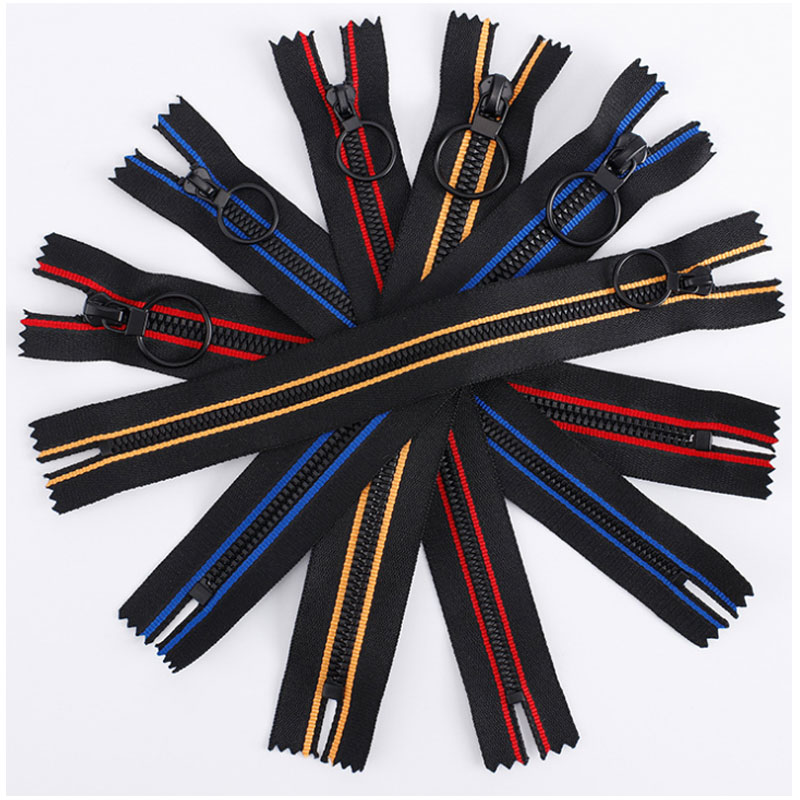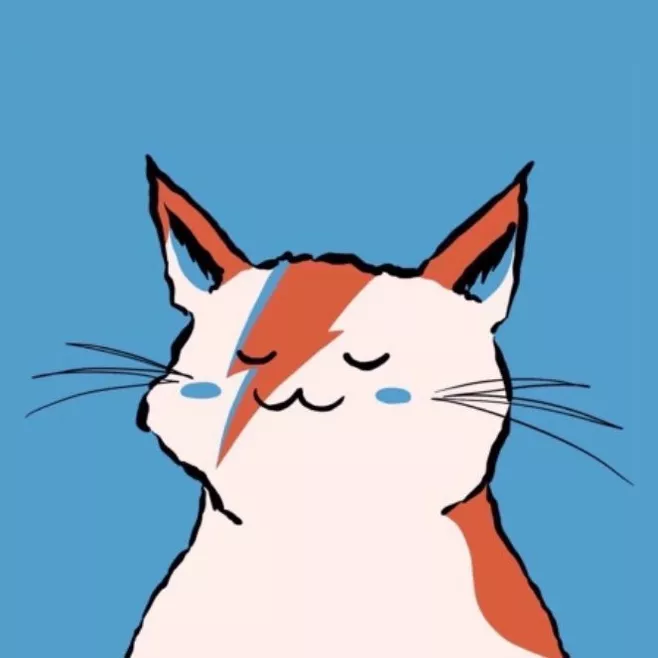Fashion News
Minimalism
Views : 464
Update time : 2022-07-25 14:51:23
In the 1960s, this concept gradually matured and became a mainstream art school, also known as "Minimal Art", which advocates the expression of the most primitive form of the object itself, and then prevailed as a style of rhetoric to this day.
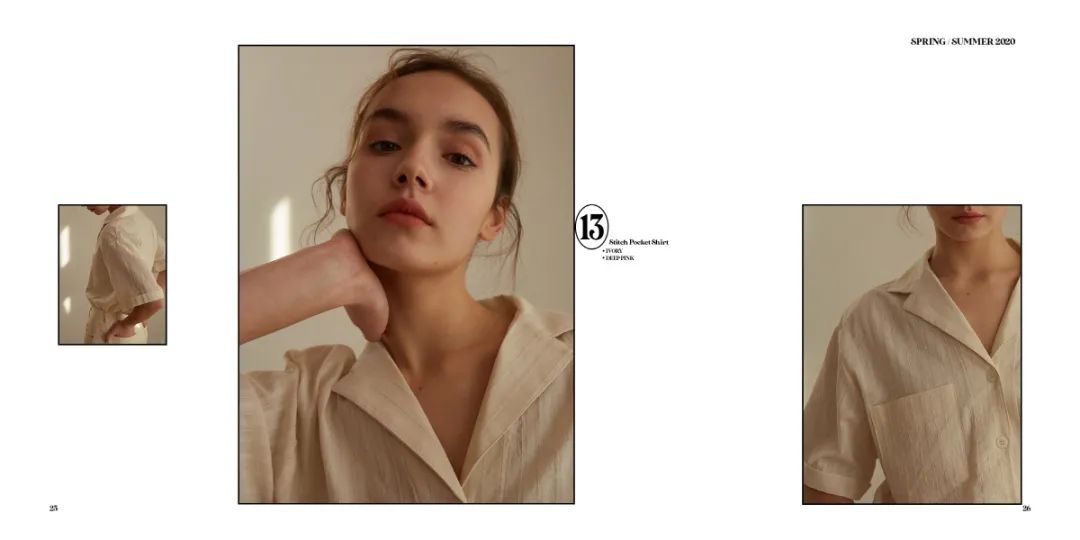
The famous architect Mies van der Rohe said "Less is more", which clearly clarified the basic minimalism, and made this "minimalist trend" more popular and even become the trend of the future. Yes, minimalism doesn’t exactly equal minimalism, but simplicity is at the heart of minimalism.
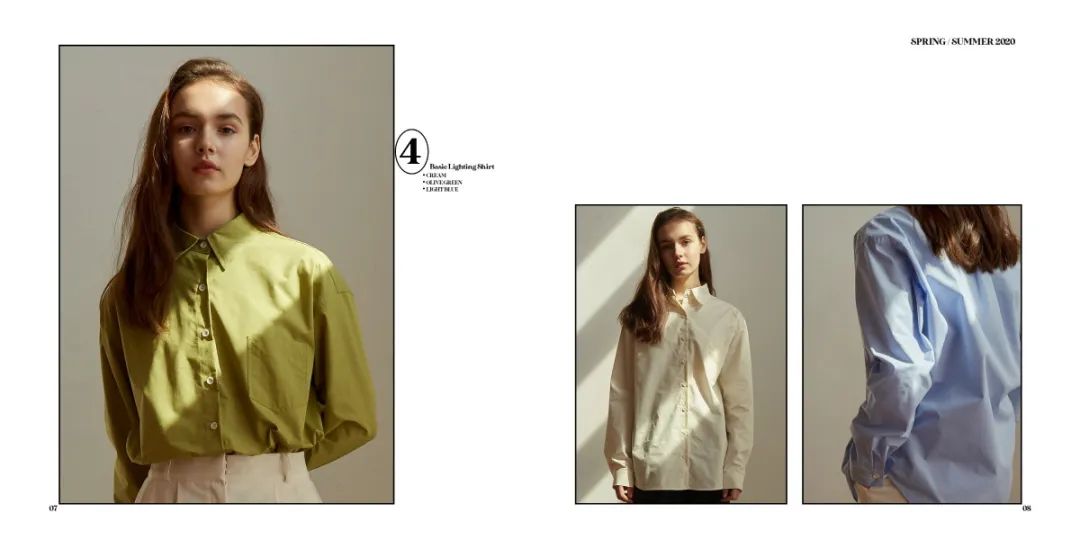
Now what we call "minimalism" covers fields and things that cover all walks of life, and ultimately form an individual's daily minimalist life. And as Mies van der Rohe said, "less is more" and "minimalism" also has extremely complicated thinking and painstaking management.
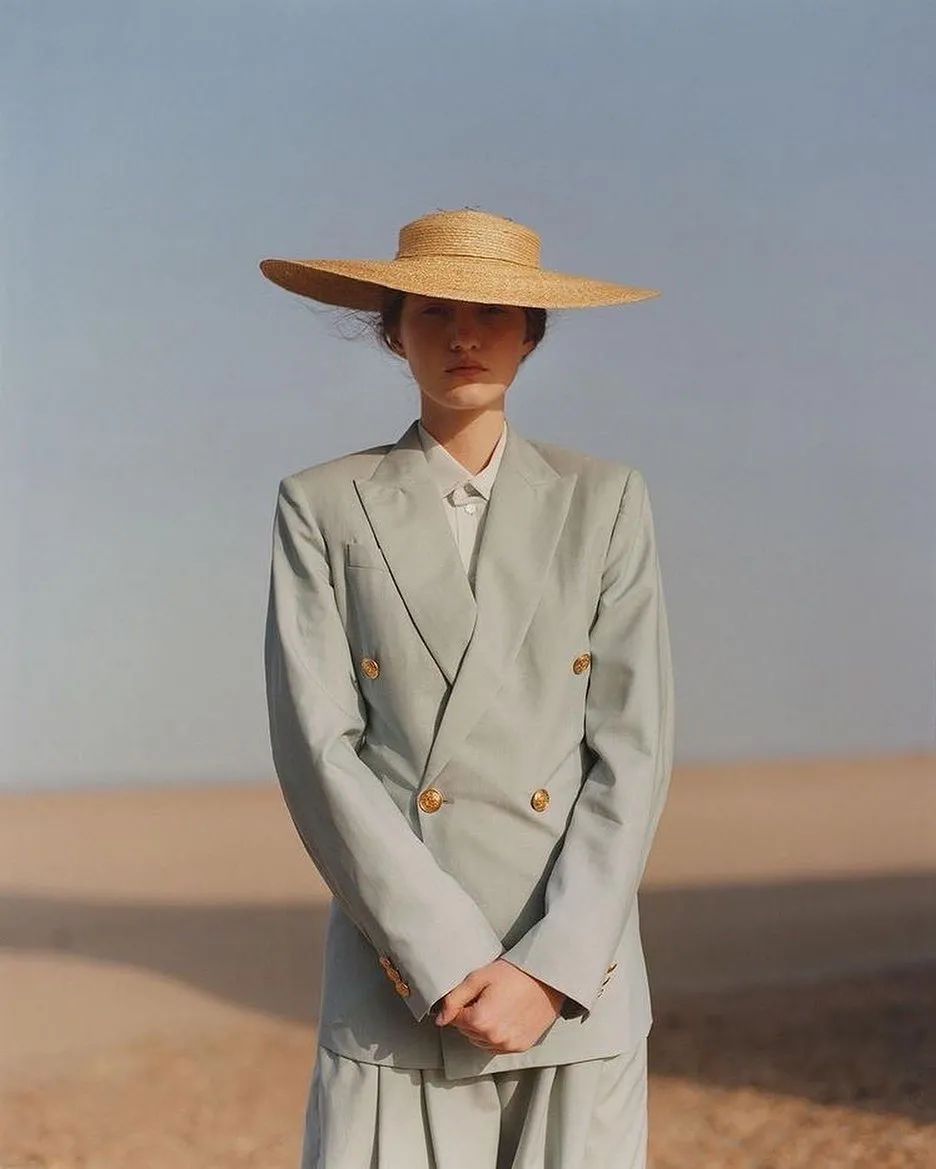
Common elements and techniques

The famous architect Mies van der Rohe said "Less is more", which clearly clarified the basic minimalism, and made this "minimalist trend" more popular and even become the trend of the future. Yes, minimalism doesn’t exactly equal minimalism, but simplicity is at the heart of minimalism.

Now what we call "minimalism" covers fields and things that cover all walks of life, and ultimately form an individual's daily minimalist life. And as Mies van der Rohe said, "less is more" and "minimalism" also has extremely complicated thinking and painstaking management.

Common elements and techniques
The transition of the interface is coherent and unified, and the main melody is left blank.
Minimalist space pays attention to the ultimate simplicity, abandons messy and complicated design elements, and leaves a large area of space blank. In the place where the interface turns, pay attention to coherence and unity. Different materials can be used, but the shape is unified, or the material and shape are simply unified.
Minimalist space pays attention to the ultimate simplicity, abandons messy and complicated design elements, and leaves a large area of space blank. In the place where the interface turns, pay attention to coherence and unity. Different materials can be used, but the shape is unified, or the material and shape are simply unified.
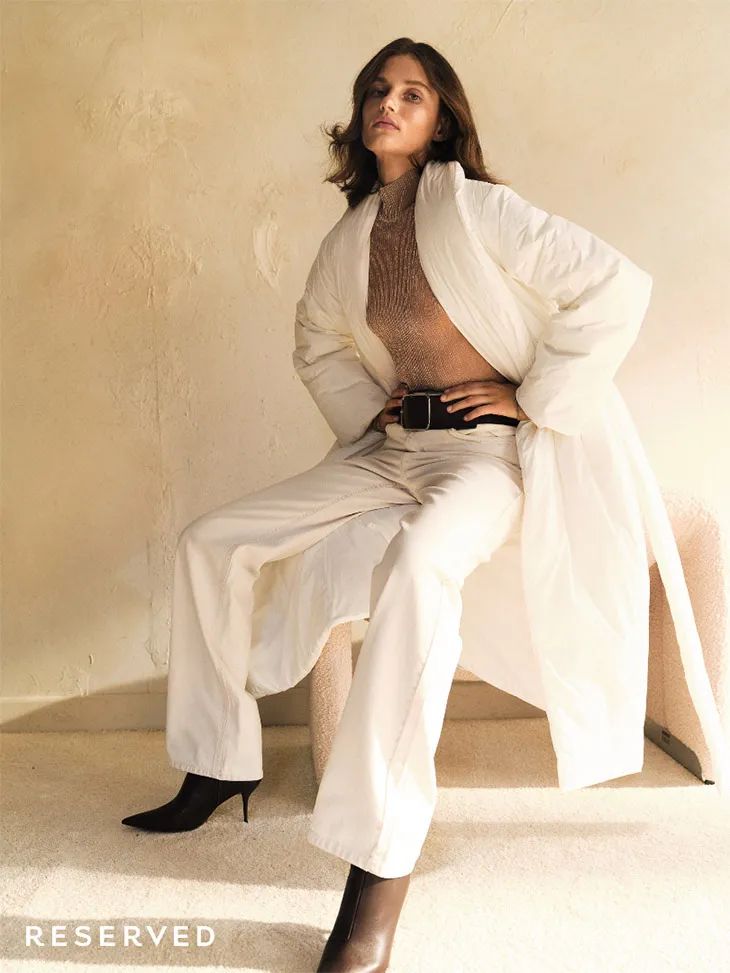

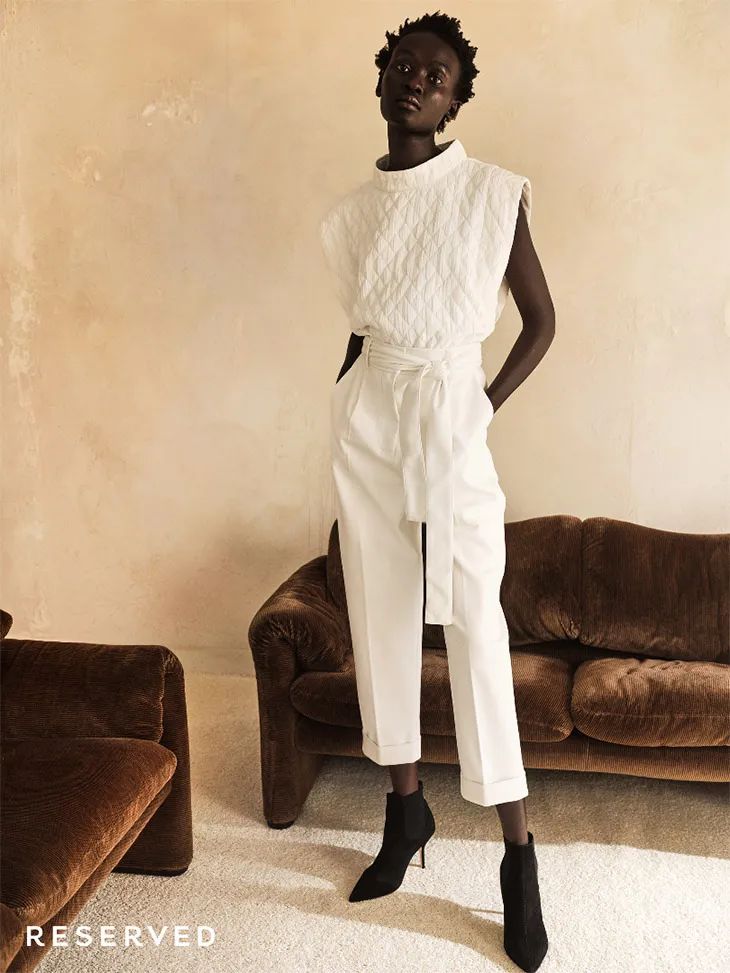
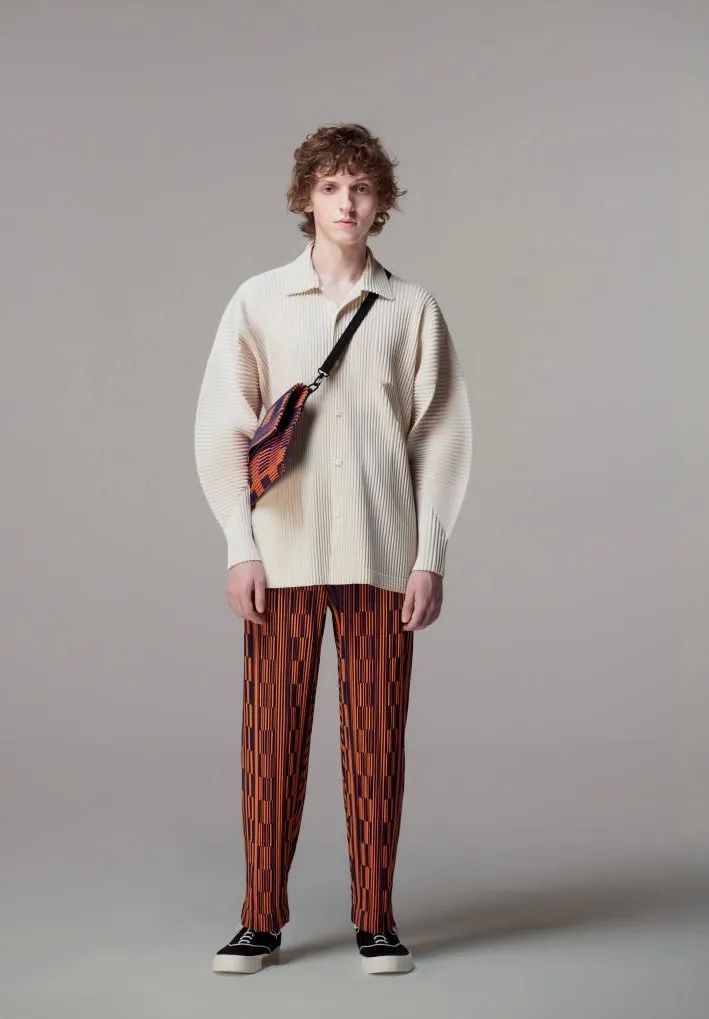
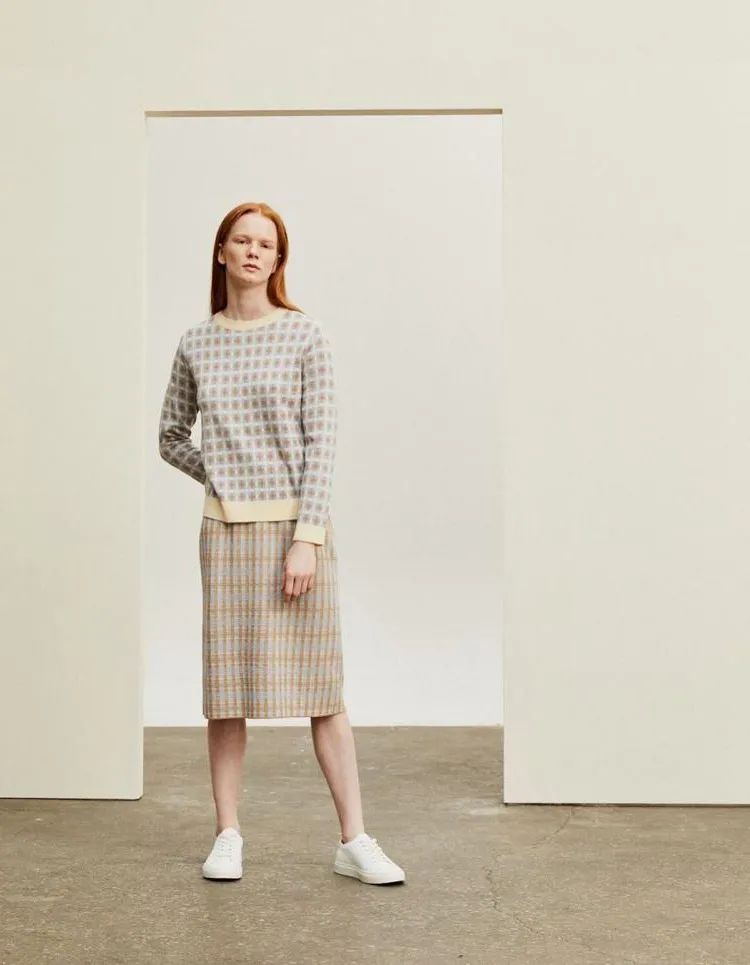
Related News
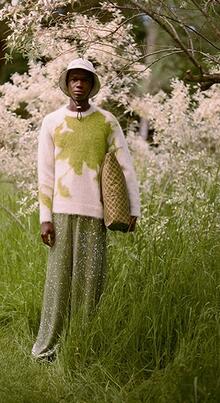
2023-2024 trend analysis, the emergence of weaving, adding fashion with texture and enriching details
May .04.2023
Weaving brings more texture and adds a lot of texture. On top of the bright texture, you can feel the warm and fashionable feeling from weaving handicrafts. Even solid colors are full of fashion style;
4-Six popular elements of Pitti Filati yarn exhibition in autumn and winter of 2023/24
Jan .02.2023
Jacquard patterns in the new season are mainly full version flowers or ethnic patterns, which are eye-catching and focus on the visual center. It should be noted that the color of pattern design needs to be developed in combination with popular colors to
Six popular elements of Pitti Filati yarn exhibition in autumn and winter of 2023/24
Dec .31.2022
In addition to the richness of color, the cashmere yarn in the new season also has a very strong feeling of the attribute of cashmere.
Fashion Trends | Six Popular Elements of Pitti Filati Yarn Exhibition in Autumn and Winter of 2023/24
Dec .28.2022
Fashion Trends | Six Popular Elements of Pitti Filati Yarn Exhibition in Autumn and Winter of 2023/24

